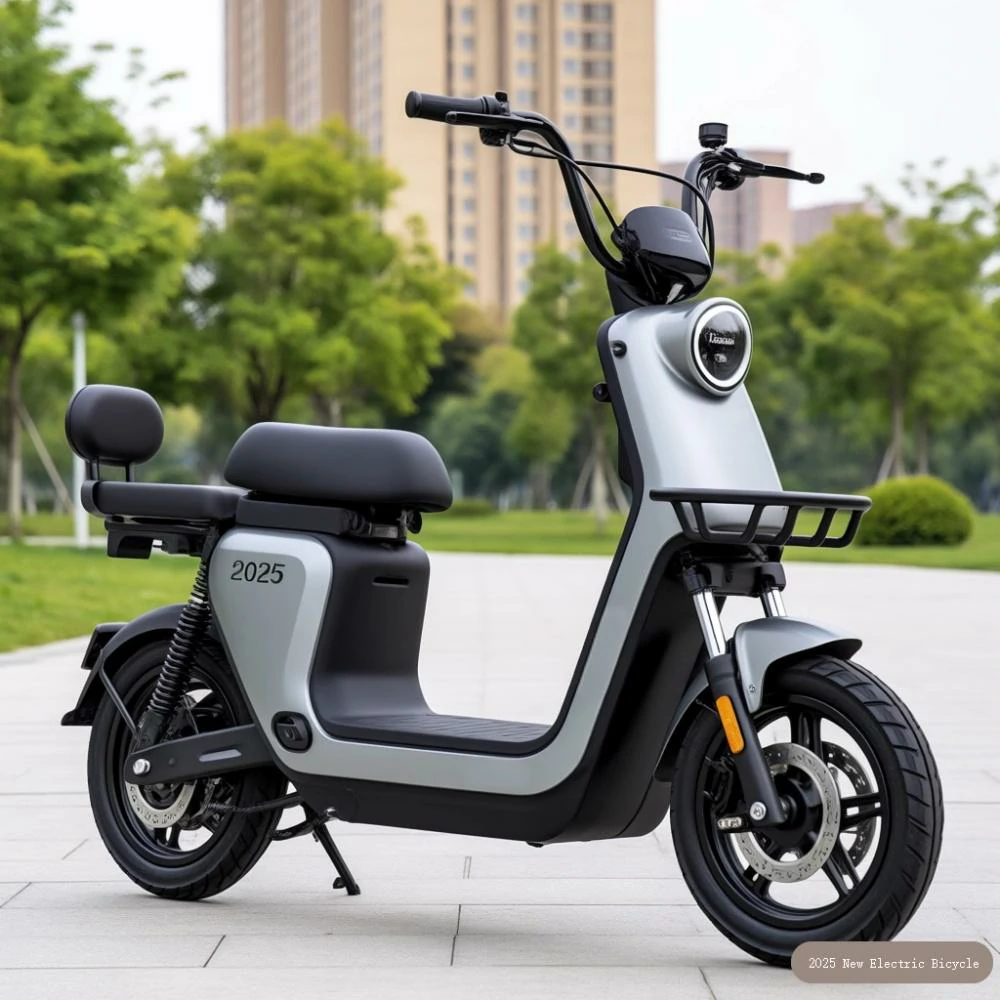Laws and regulations related to electric bicycles in Canada
2025-07-09
Canada's laws and regulations on electric bicycles cover various aspects such as power and speed limits, age and helmet requirements, vehicle classification and compliance labeling, and special regulations in different provinces. The following are specific explanations:
1、 General regulations at the federal level
- Power and speed limitations
- The output power of the motor shall not exceed; 500 watts.
- When driven solely by the motor, the speed should not exceed; 32 kilometers per hour (20 miles per hour).
- If an electric bicycle is equipped with a throttle (Class II), it must comply with the above speed limit; If it is pedal assist (type I), the assistance needs to stop when it reaches 32 kilometers per hour.
- Age and helmet requirements
- There is no federal minimum age limit, but each province may set its own regulations (such as Ontario requiring 16 years of age or older).
- Mandatory helmet wearing: All provinces require riders to wear approved helmets, with some provinces having additional requirements for underage riders (such as Quebec requiring a driver's license for electric scooters under the age of 18).
- Vehicle classification and compliance labels
- Electric bicycles are considered as "vehicles" and are subject to the same road rules as regular bicycles.
- Manufacturers are required to permanently attach specific compliance labels to demonstrate that vehicles comply with standards such as power and speed.
If the motor power exceeds 500 watts or the speed exceeds 32 kilometers per hour, the vehicle must be registered as a motorcycle or light motorcycle and comply with relevant regulations (such as driver's license and insurance).

2、 Special regulations for each province
- Ontario
- Age limit: Riders must be at least 16 years old.
- Weight and braking: The maximum weight limit for the vehicle is 120 kilograms, and the maximum braking distance is 9 meters.
- Modification restriction: It is prohibited to modify the motor to exceed the speed limit (such as exceeding 32 kilometers per hour).
- Prohibited areas: Driving on 400 series highways, expressways, and other prohibited areas is prohibited.
- British Columbia
- Age limit: Riders must be at least 16 years old.
- Pedal requirements: Fully operable pedals must be equipped.
- Municipal government authority: Local governments may restrict the use of electric bicycles on streets, bike lanes, and trails.
- Alberta
- Age limit: Riders must be at least 12 years old.
- Pedals and passengers: Fully operable pedals are required; Only when the vehicle has designated passenger seats, is it allowed to carry passengers.
- Province of Quebec
- Age and driver's license: Riders must be at least 14 years old, and those under 18 years old must have a driver's license for electric bicycles or scooters.
- Compliance label: Manufacturers are required to permanently attach specific labels to demonstrate that the vehicle complies with the standards.
- Prince Edward Island
- Vehicle classification: Electric bicycles are classified as speed limited motorcycles and require registration and a license.
- Age limit: Riders must be at least 16 years old.
3、 Key points of safety and compliance
- Prohibition of modification: Any modification of the motor to exceed the speed limit (such as exceeding 32 kilometers per hour) is illegal.
- Road use: Electric bicycles are usually allowed to travel on bike lanes, trails, and roads, but must comply with local prohibition regulations (such as Ontario's no go highways).
- Punishment measures: Underage, failure to wear a helmet, or unauthorized modification may result in fines (such as a fine of 60-500 Canadian dollars for Ontario under 16 years old and not wearing a helmet).
